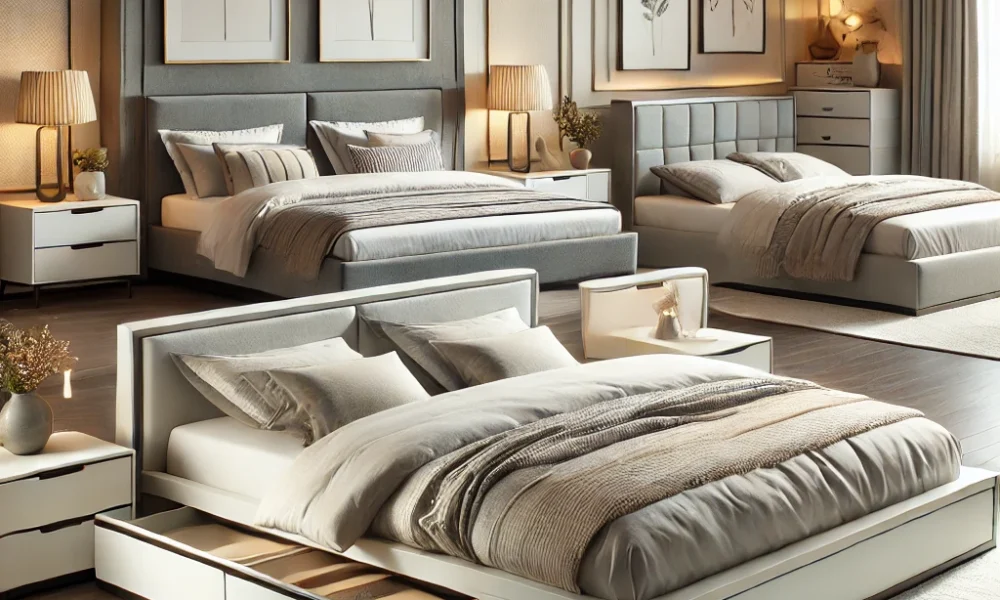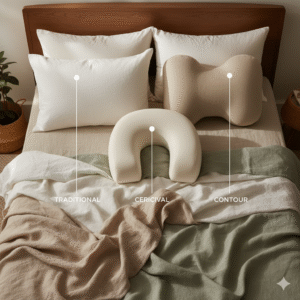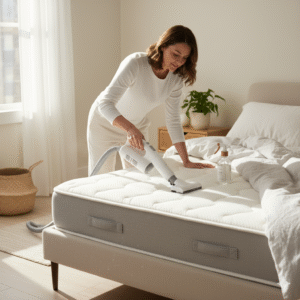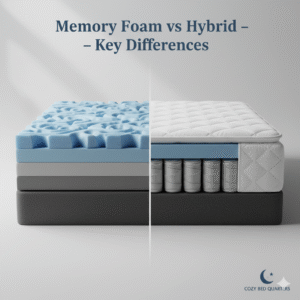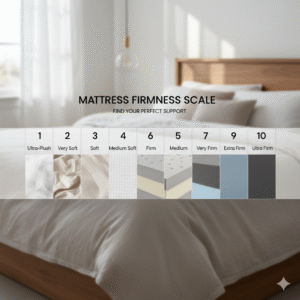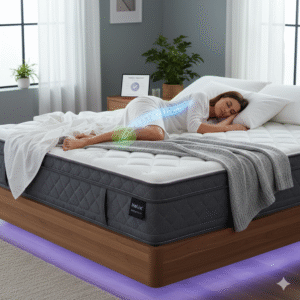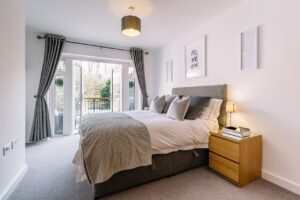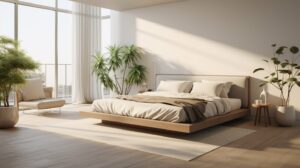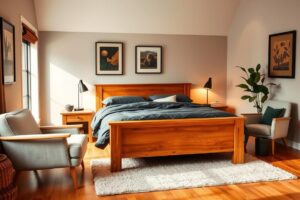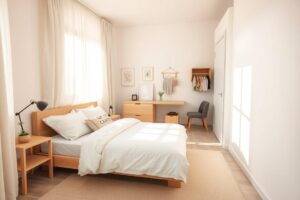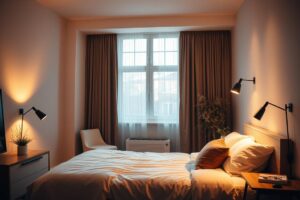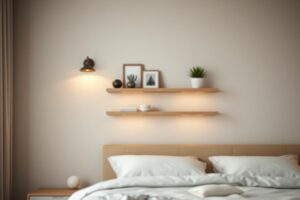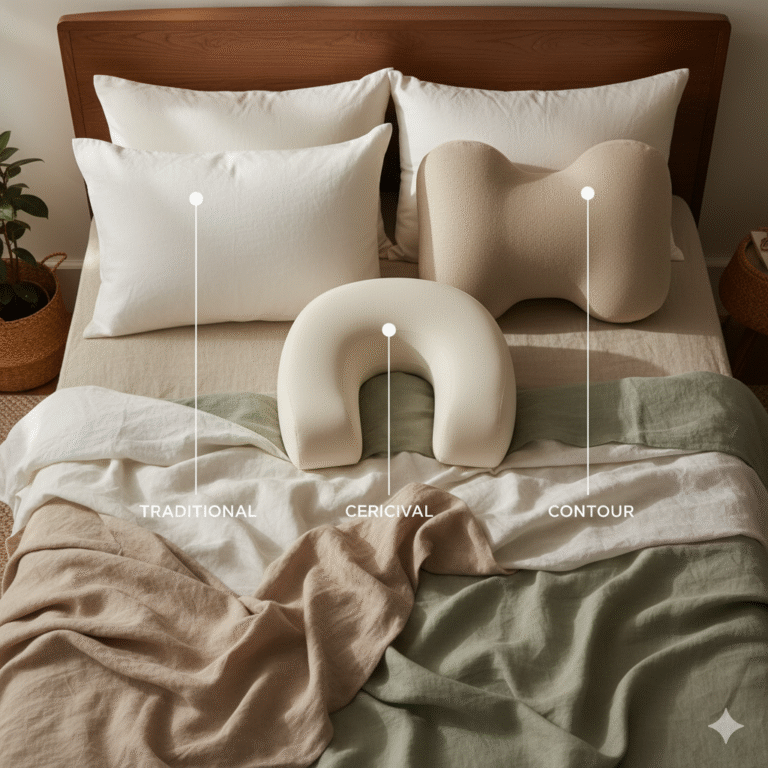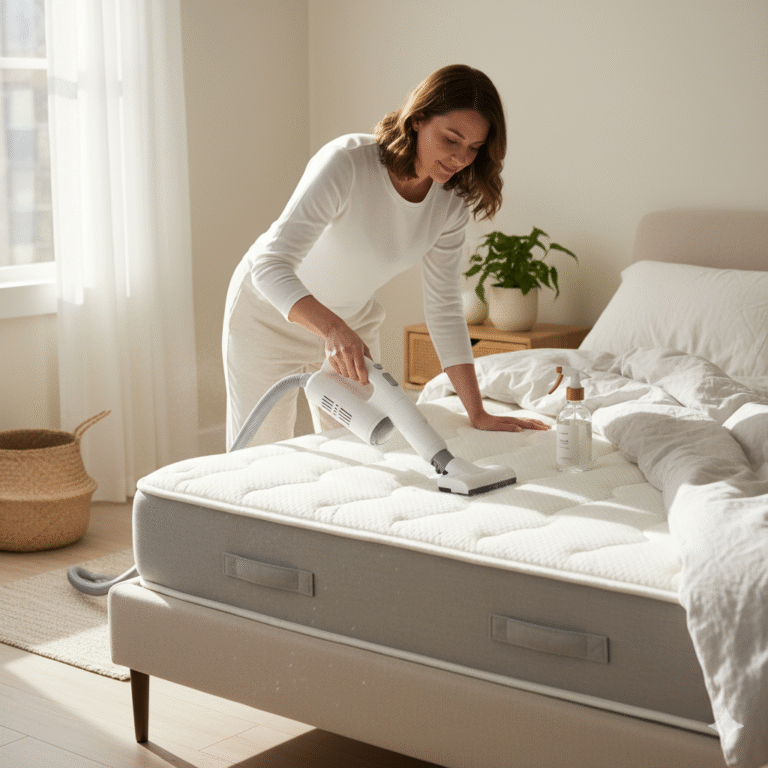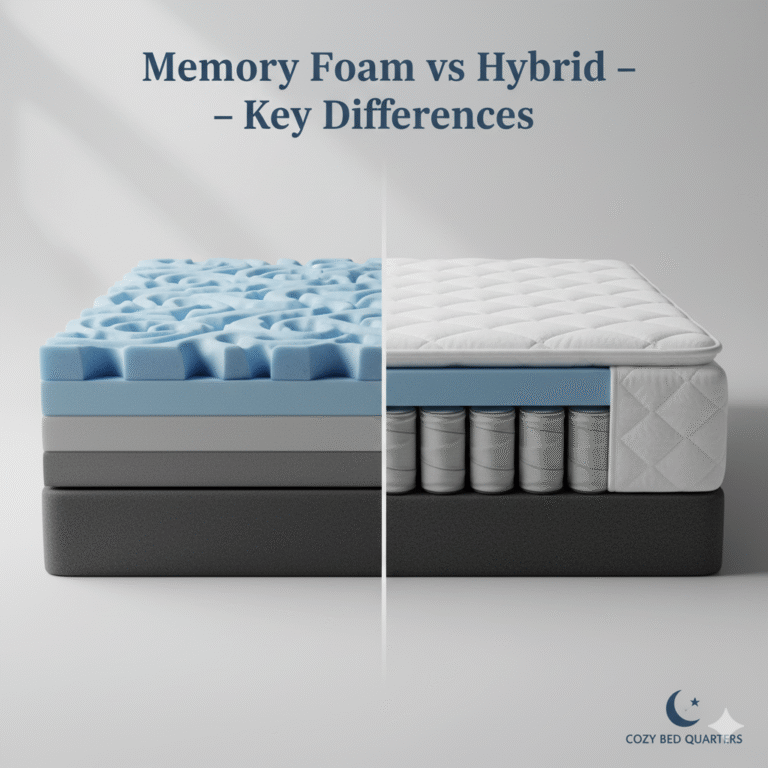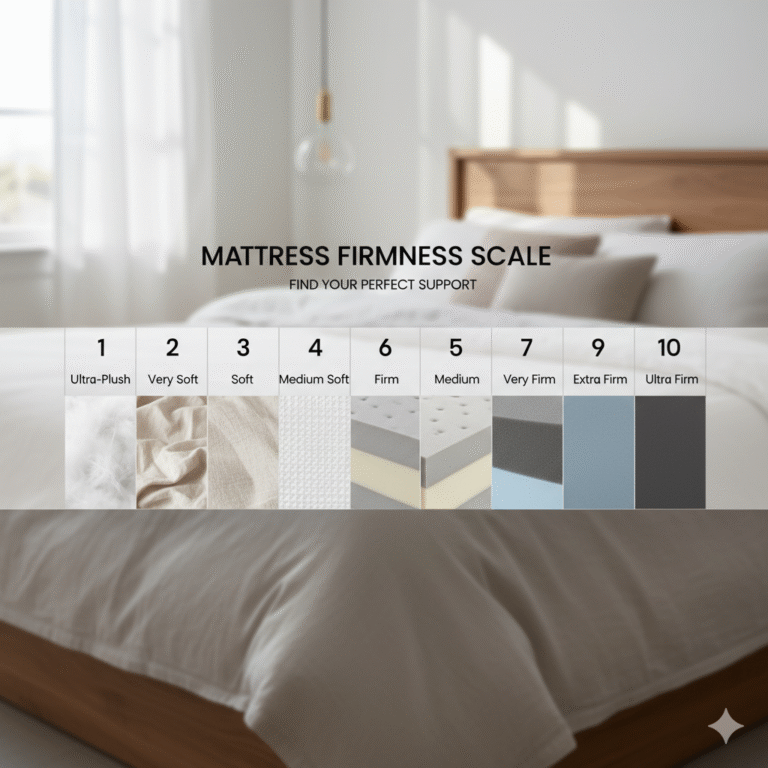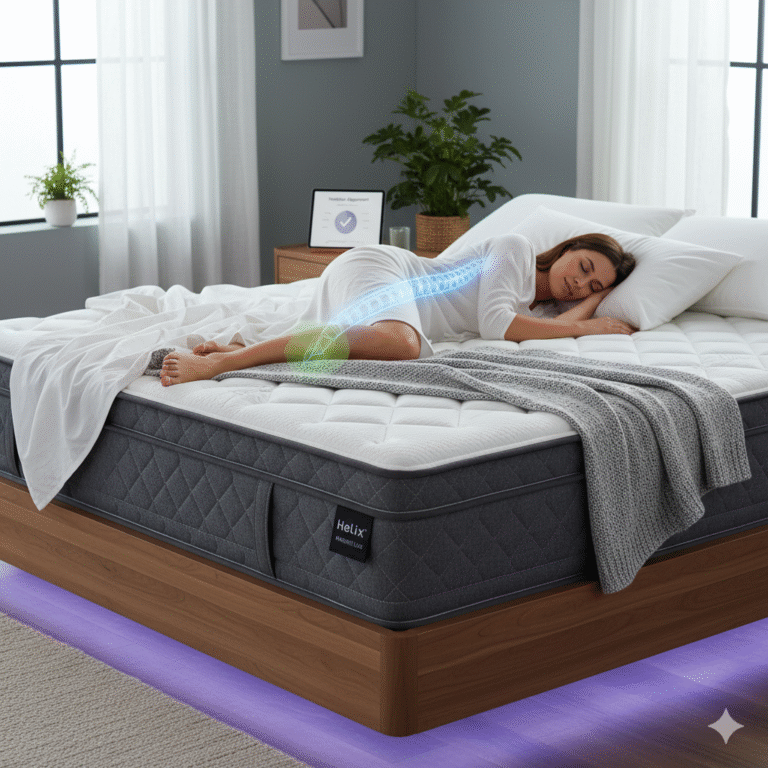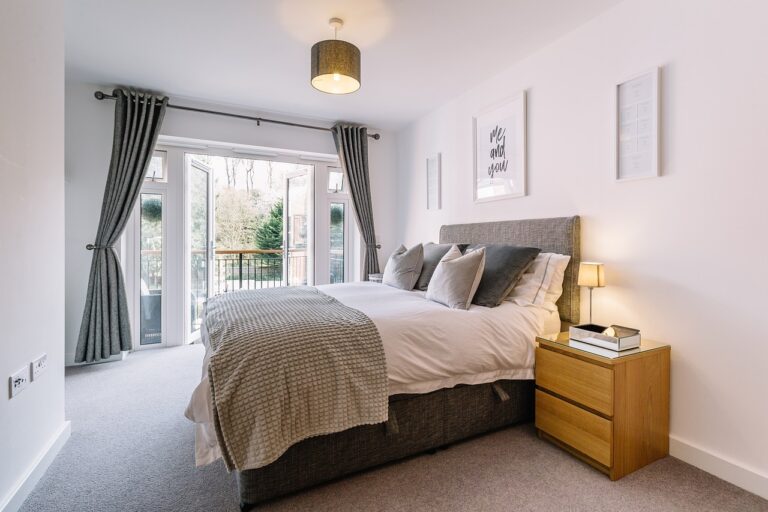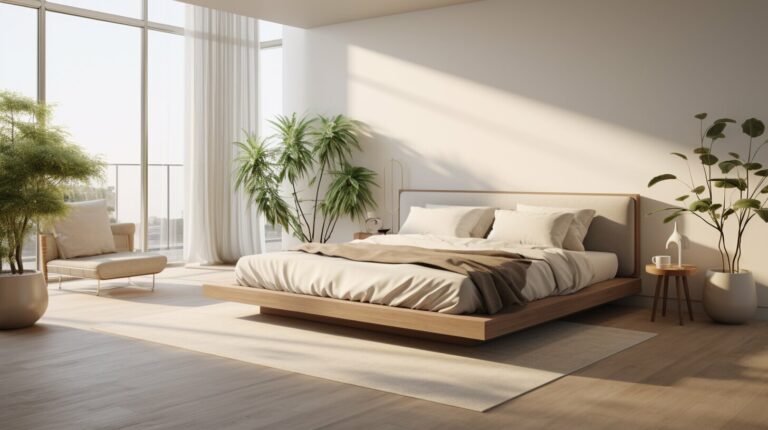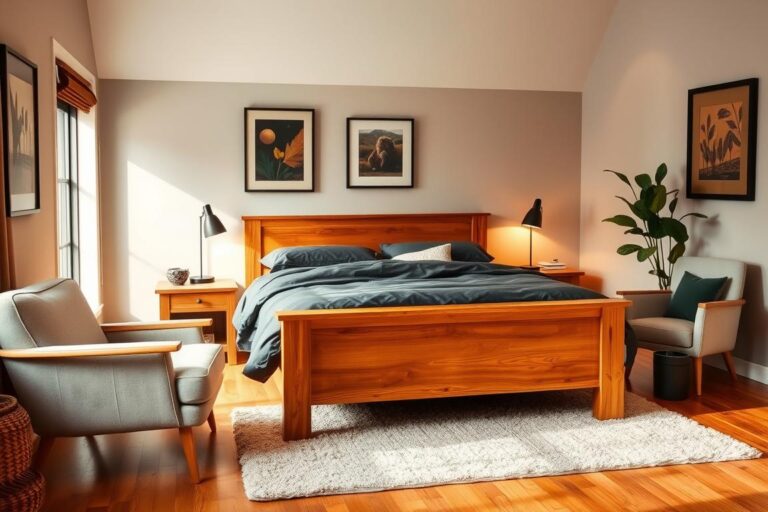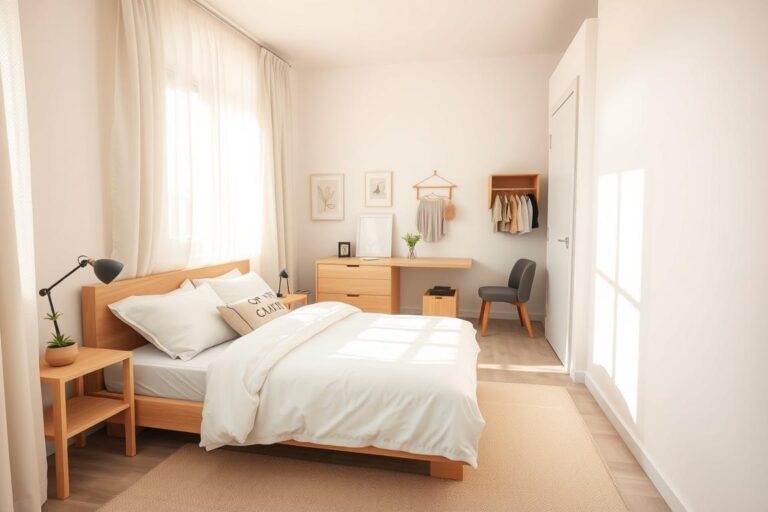Modern Bed Types: Stylish Options
Searching for modern bed types stylish options to elevate your sleep sanctuary? This guide breaks down today’s most popular frames—platform, storage, canopy, upholstered, adjustable, floating, and low-profile—so you can match form, function, and feel. You’ll also find eco-friendly tips, a buyer’s checklist, and trusted resources for sheets and styling.
Key Takeaways: modern bed types stylish options
- Platform: Clean lines and no box spring; easy to style modern or minimalist.
- Storage: Drawers or lift-up bases hide clutter and maximize small spaces.
- Canopy: Slim, airy frames add drama without overwhelming a room.
- Upholstered: Soft, sound-dampening textures that boost coziness.
- Adjustable: Tech-forward comfort with wellness benefits and sleek looks.
Platform Beds
Answer first: Platform beds offer modern simplicity with a low profile and no need for a box spring, giving you a streamlined, budget-friendly look. They suit minimalist, Scandinavian, and urban styles with ease.
These frames use slats or a solid deck to support your mattress directly. Because they sit lower, they can make ceilings feel higher and art feel bolder. Choose warm wood for organic calm or powder-coated metal for an industrial edge. For deeper research on style and buying points, explore Platform Beds: Benefits, Styles, and Buying Guide (Cozy Bed Quarters).
Pro tip: Pair a platform with breathable, eco-conscious sheets to keep the look fresh and functional. Parachute’s material guides are a helpful starting point for fabric differences like percale vs. sateen: Fabric & Bedding Materials Guide (Parachute Home).
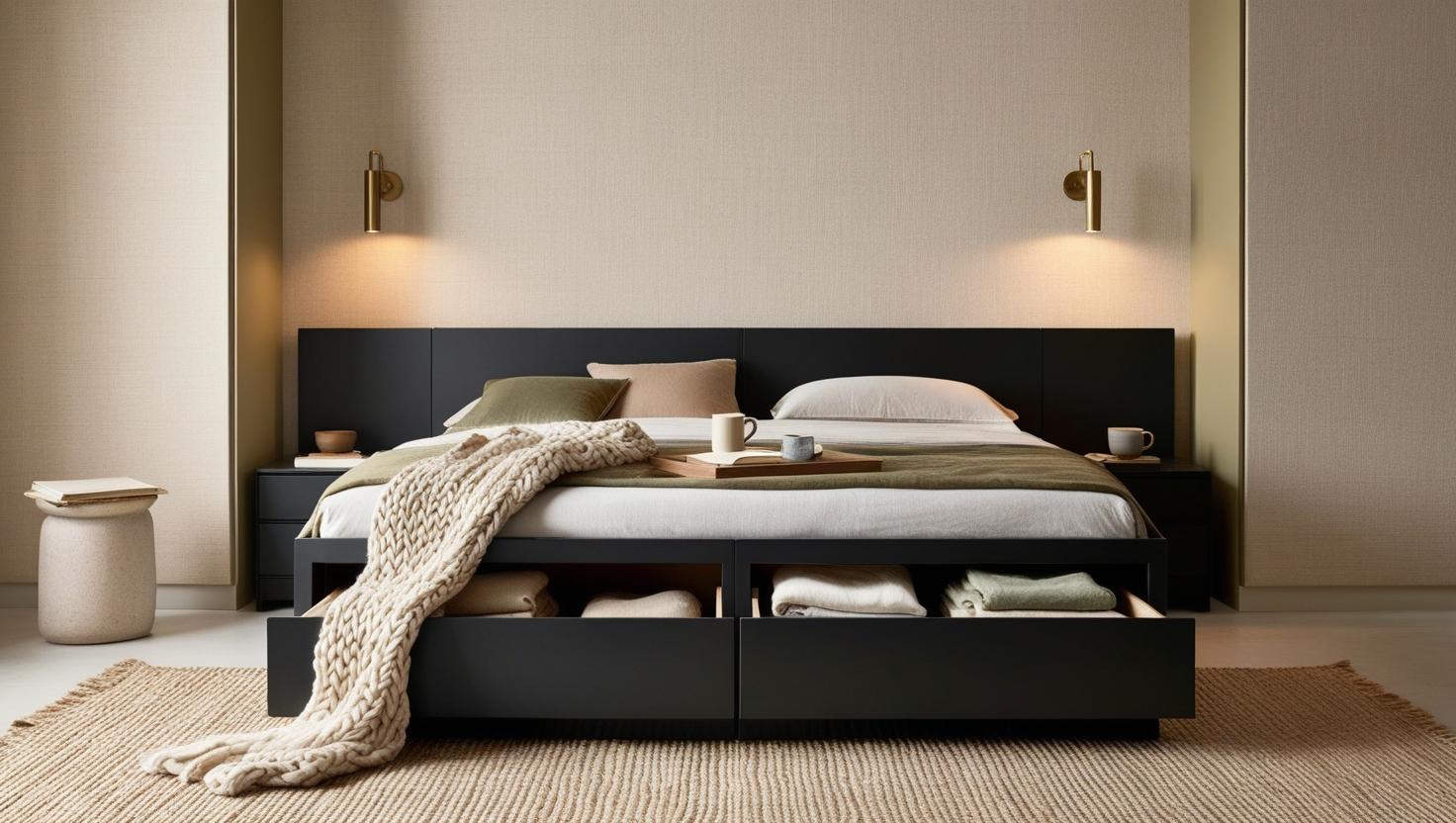
Storage Beds
Answer first: Storage beds integrate drawers or lift-up compartments so you can stash linens and off-season items without adding bulky furniture. They’re ideal for small bedrooms or anyone craving a clutter-free look.
Opt for deep side drawers if your room has clearance, or a hydraulic lift base when side space is tight. Elevated styles with toe-kick lighting can feel almost “floating” at night while keeping the footprint practical. For ideas and layouts, see Platform and Storage Beds (Cozy Bed Quarters).
Sleep clarity bonus: Tidier rooms support better sleep hygiene practices like consistent routines and distraction-free spaces. Get foundational guidance from the Sleep Foundation’s overview of sleep hygiene and environment: Mastering Sleep Hygiene (Sleep Foundation).
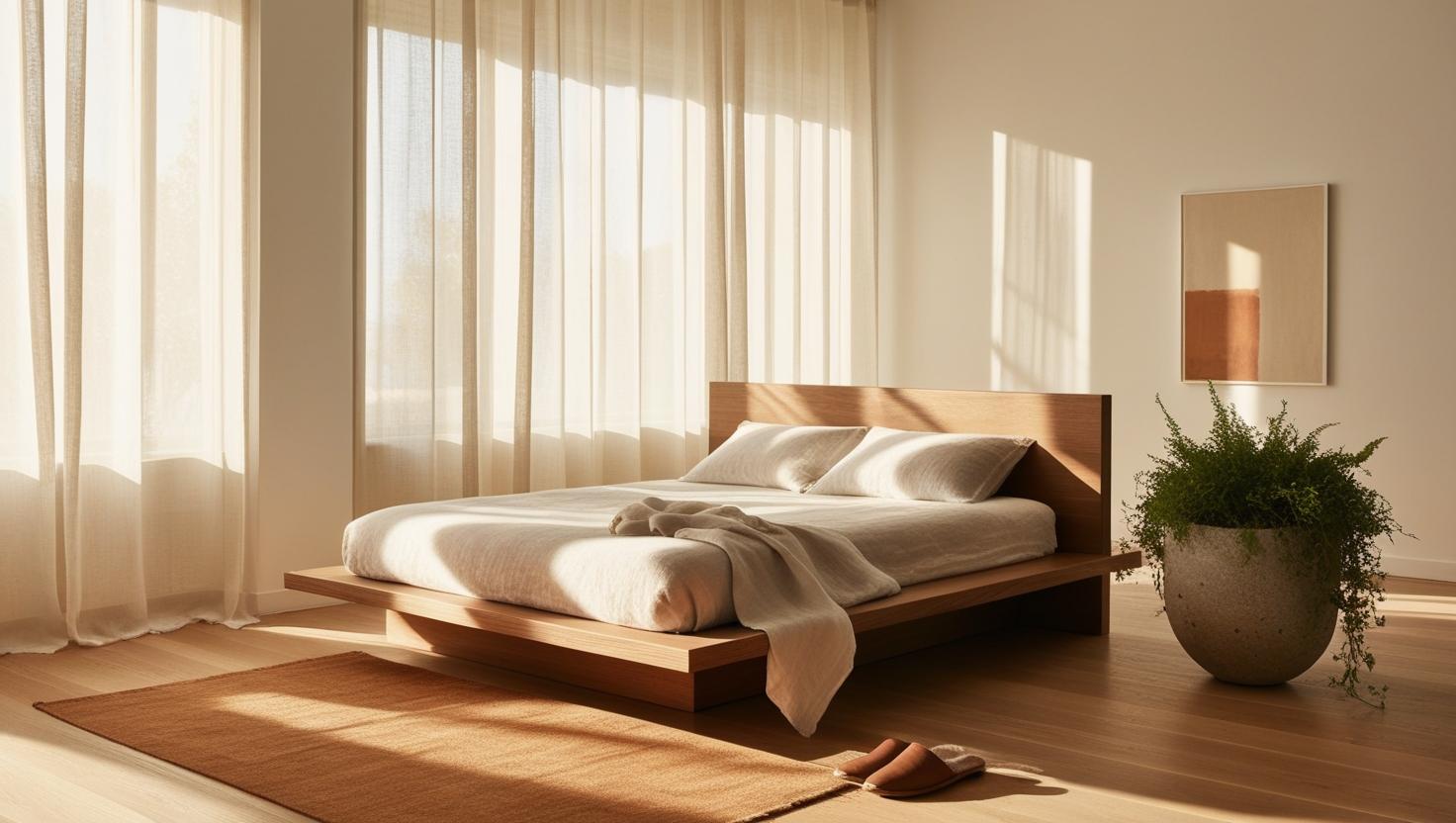
Canopy Beds
Answer first: Modern canopy beds use slim metal or wood frames to add height and elegance without visual heaviness. In small rooms, minimalist lines and sheer panels keep the look light.
Try matte black for graphic contrast or warm brass for soft glam. Keep drapery tonal with your walls or bedding for cohesion. Better Homes & Gardens notes that contemporary canopies can make ceilings feel taller when styled thoughtfully: Canopy Beds Are Back—How to Make Them Fit (BHG). For more inspiration, browse Minimalist Canopy Bed Frames (Cozy Bed Quarters).
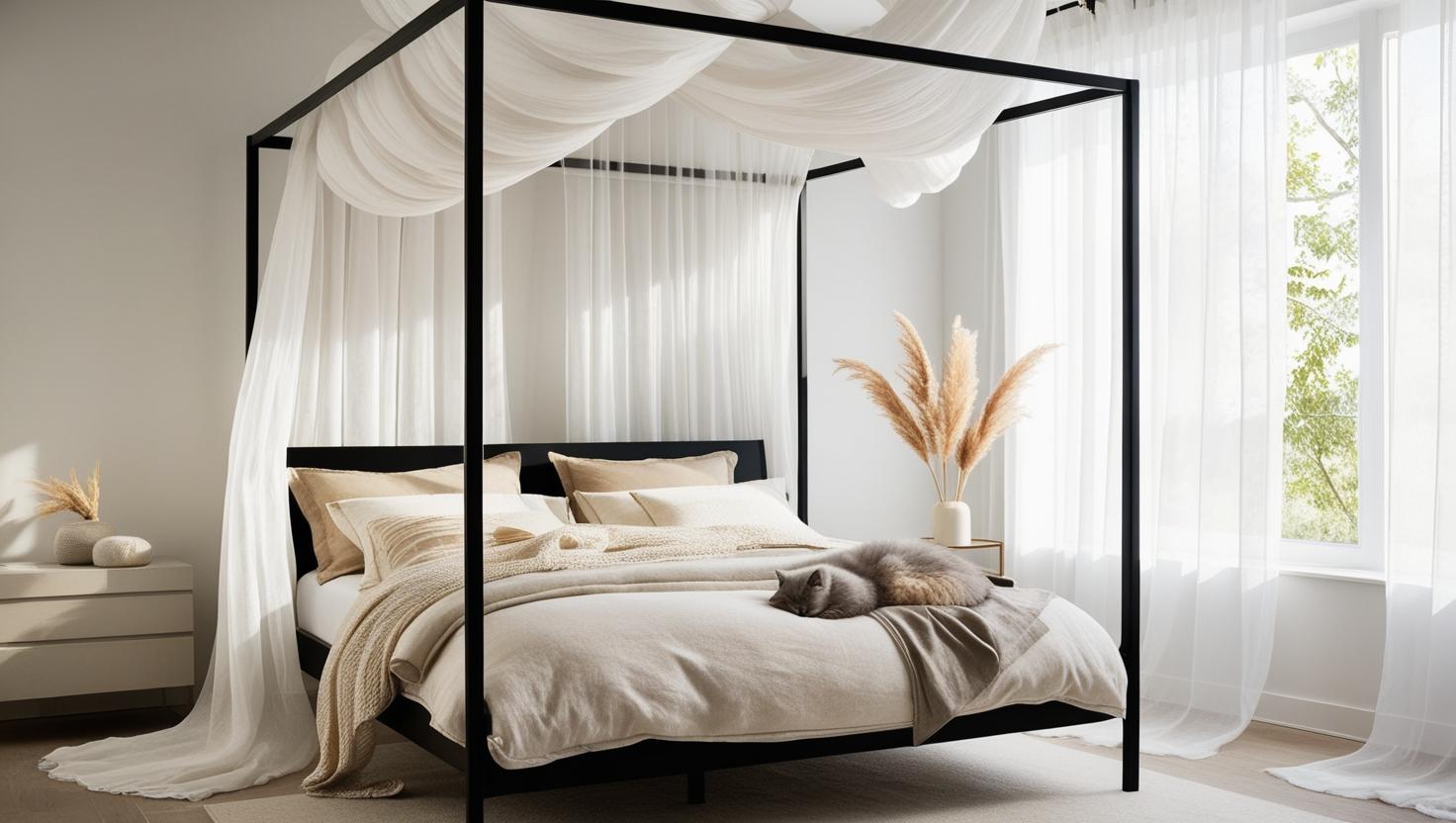
Upholstered Beds
Answer first: Upholstered frames introduce texture, warmth, and a bit of sound absorption—great for apartments or echo-prone rooms. They invite lounging for reading or streaming and instantly feel cozy.
Choose linen for breathable, casual charm; velvet for luxe depth; or performance fabric for easy care. Channel tufting leans modern, while wingback silhouettes add classic presence. For materials, care tips, and style pairings, see Upholstered Beds: Combining Comfort With Traditional Elegance (Cozy Bed Quarters).
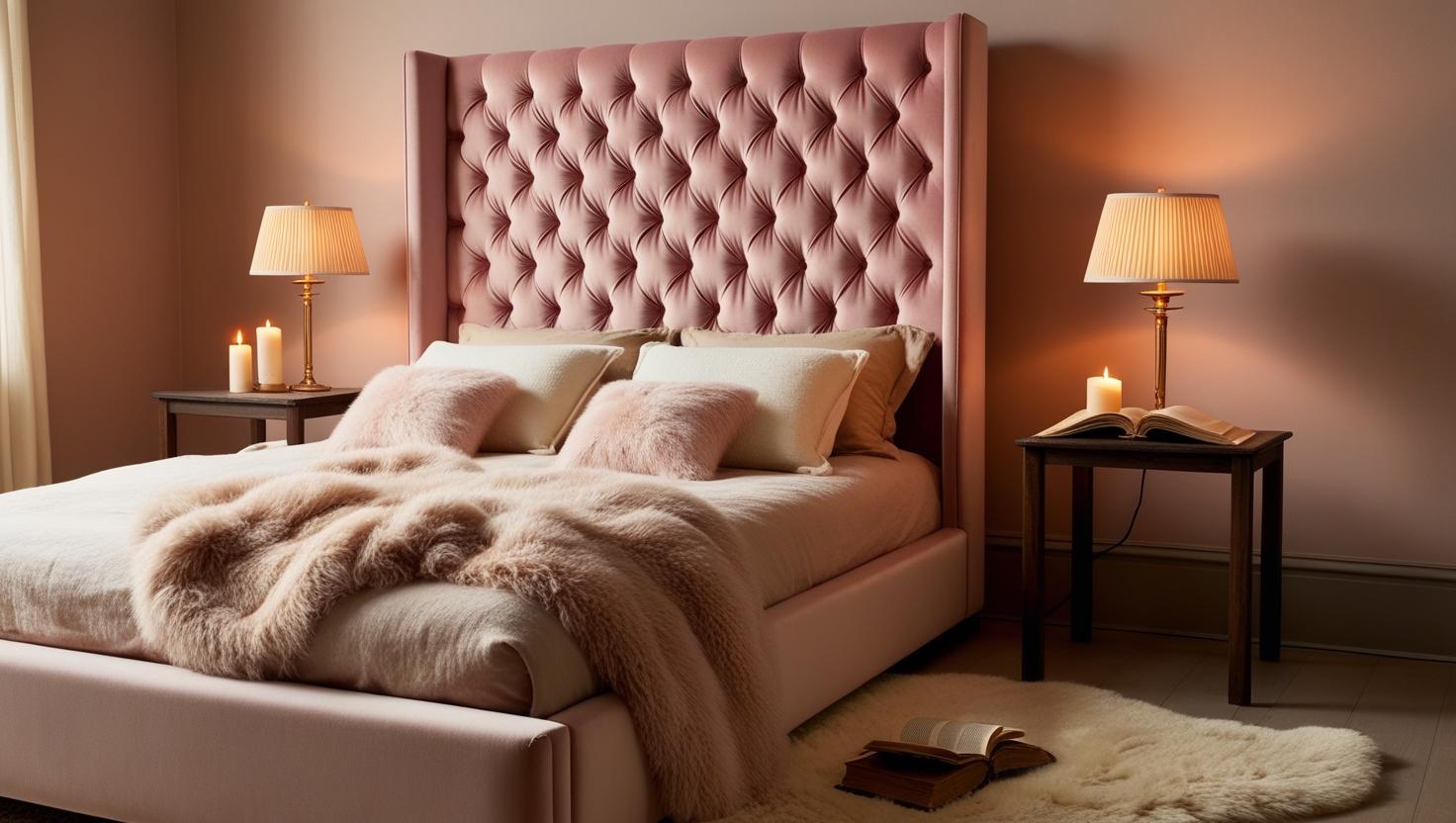
Adjustable Beds
Answer first: Adjustable bases blend wellness and design: elevate your head for reading, your legs for recovery, or use zero-gravity presets. Today’s slim profiles fit right into modern bedrooms.
Look for quiet motors, split configurations for couples, and extras like under-bed lighting or USB ports. For mattress pairing and feature comparison, review Sleep Foundation’s expert guides to adjustable beds and mattress compatibility: Best Adjustable Beds and Best Mattresses for Adjustable Beds (Sleep Foundation). You can also explore practical decision tips here: How to Choose the Ideal Adjustable Bed (Cozy Bed Quarters).
Floating Beds
Answer first: Floating beds create the illusion of levitation with recessed bases or wall-mounted supports. Use perimeter lighting to emphasize the “hover” effect.
These frames are statement-makers for minimalist or futuristic rooms. Ensure your chosen model supports your mattress type and weight, and confirm wall anchoring requirements if applicable. Soften the look with organic bedding or eco-conscious sheets to balance the modern edge.
Low-Profile Beds
Answer first: Low-profile designs hug the floor for calm, grounded energy. They echo Japandi and zen aesthetics and can visually widen the room.
Keep nightstands short and art lower on the wall for balanced proportions. Neutral textiles—think sustainable bedding in linen or brushed cotton—keep the palette soothing and tactile.
Eco-Friendly vs. Conventional Bedding (Quick Comparison)
Answer first: Eco-friendly bedding prioritizes natural, responsibly produced fibers and low-impact dyes; conventional options may rely on intensive water/chemical processes. The right choice balances feel, durability, and values.
- Materials: Organic cotton, linen, TENCEL™ lyocell vs. conventional cotton or synthetic blends.
- Comfort & Climate: Breathable weaves like percale feel cool; sateen offers silky drape. See Parachute’s fabric breakdowns: Guide to Bed Sheets.
- Care & Longevity: Natural fibers soften over time; follow care labels to reduce wear and energy use.
- Impact: Organic and OEKO-TEX® certified options support lower chemical exposure and more responsible production.
Environmental Impact Snapshot
Answer first: Choosing sustainable bedding (and durable frames) can reduce waste and long-term cost. Focus on materials, certifications, and product lifespan.
Seek OEKO-TEX® Standard 100 for textiles tested for harmful substances and look for FSC®/PEFC™ timber on wood frames. Durable builds reduce replacements; modular components make repairs easier. Pair with eco-conscious sheets and breathable inserts to extend mattress hygiene and comfort.
Buyer’s Guide: Matching Bed Type to Lifestyle
Answer first: Start with your room’s size, storage needs, and comfort preferences; then select frame height, materials, and add-ons.
- Room Size & Layout: In tight rooms, choose storage or low-profile designs; open rooms can handle canopy statements without clutter. BHG’s canopy styling guidance is a great reference: Canopy Beds Guide.
- Support & Mattress Fit: Check slat spacing (often <3″) for foam and hybrid mattresses. Adjustable bases work with many foam/latex models; verify flexibility with the brand’s specs.
- Materials & Finish: Solid wood adds warmth; metal frames are slim and durable. Upholstery increases tactile comfort and quiets a room.
- Features: Under-bed lighting, USB ports, headboard height adjusters, split king adjustable options for couples.
- Noise & Assembly: Look for reinforced joints and center rails; on adjustable bases, check motor warranty and decibel ratings.
- Budget & Longevity: Invest in the frame you’ll love for years; refresh the look seasonally with eco-conscious linens.
Style Pairings for Each Bed Type
Answer first: Tie your bed to a clear style story—minimalist, boho, or modern organic—so the whole room sings.
- Platform: Modern organic—oak, linen duvet, and muted clay accents.
- Storage: Scandinavian—light wood, hidden hardware, and a single sculptural lamp.
- Canopy: Contemporary classic—sheer panels, metal frame, tone-on-tone bedding.
- Upholstered: Cozy luxe—velvet headboard, boucle throw, brass task lights.
- Floating: Minimalist—recessed plinth, perimeter LED, crisp percale sheets.
- Low-Profile: Japandi—ash wood, organic bedding, woven jute rug.
Sheets & Textiles: Quick Fabric Picks
Answer first: Choose fabric by feel and climate: percale for cool crispness, sateen for silky drape, linen for airy texture, brushed cotton for cozy warmth.
For a deeper dive into materials and seasonal swaps, see Parachute’s breakdown of bedding fabrics: Best Fabrics for Every Season (Parachute Home). If you’re building a capsule linen closet, start with a duvet cover, two pillowcase sets, and a fitted sheet—then add a flat sheet if you love extra layering.
Editor’s Picks: Helpful Deep-Dives
Answer first: Want to keep reading? These Cozy Bed Quarters guides help you evaluate specific frames and features.
- The Functional & Aesthetic Advantages of Platform Beds
- Upholstered Bed Frame with Storage
- Bedding Materials Guide
FAQ
- What is the most space-efficient modern bed type?
- Storage beds combine hidden compartments with a clean silhouette, making them ideal for small rooms or minimalist layouts.
- Are canopy beds suitable for small bedrooms?
- Yes. Choose slim frames and airy drapes. Thoughtful styling can even make ceilings feel taller (see BHG’s canopy tips linked above).
- How do I choose the right upholstered bed fabric?
- Linen is breathable and casual; velvet is plush and dramatic; performance weaves resist stains. Match fabric to your lifestyle and cleaning preferences.
- Can adjustable beds fit modern aesthetics?
- Absolutely. Low-profile bases with hidden legs, under-bed lighting, and cable management blend into modern rooms. For features and compatibility, see Sleep Foundation’s adjustable bed guides linked above.
- What sheets pair best with a platform or low-profile bed?
- Cool sleepers often prefer percale; warm, cozy sleepers love brushed cotton. For fabric trade-offs, see Parachute’s fabric guides in this article.
Final Thoughts
With these modern bed types stylish options, it’s easier to choose a frame that fits your space, style, and comfort goals—then layer in eco-conscious sheets for an inviting finish. For more bedroom ideas and product deep-dives, explore the guides at Cozy Bed Quarters.

